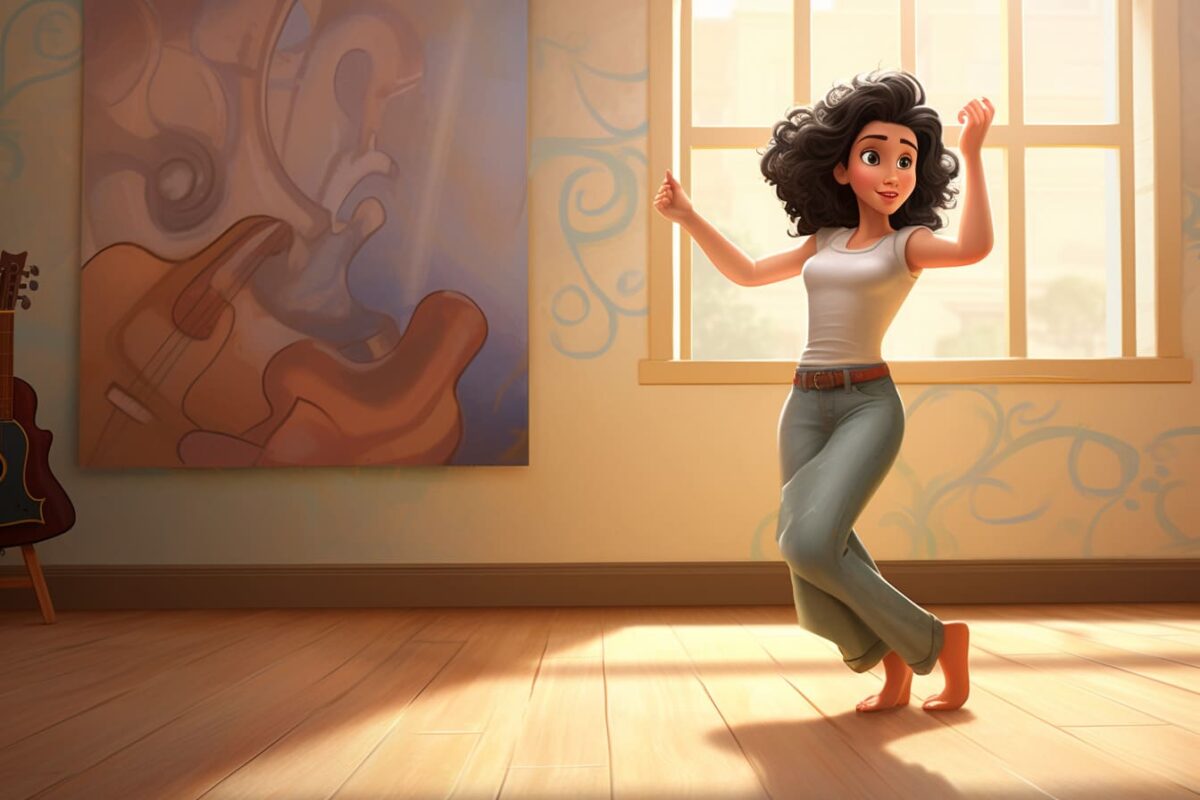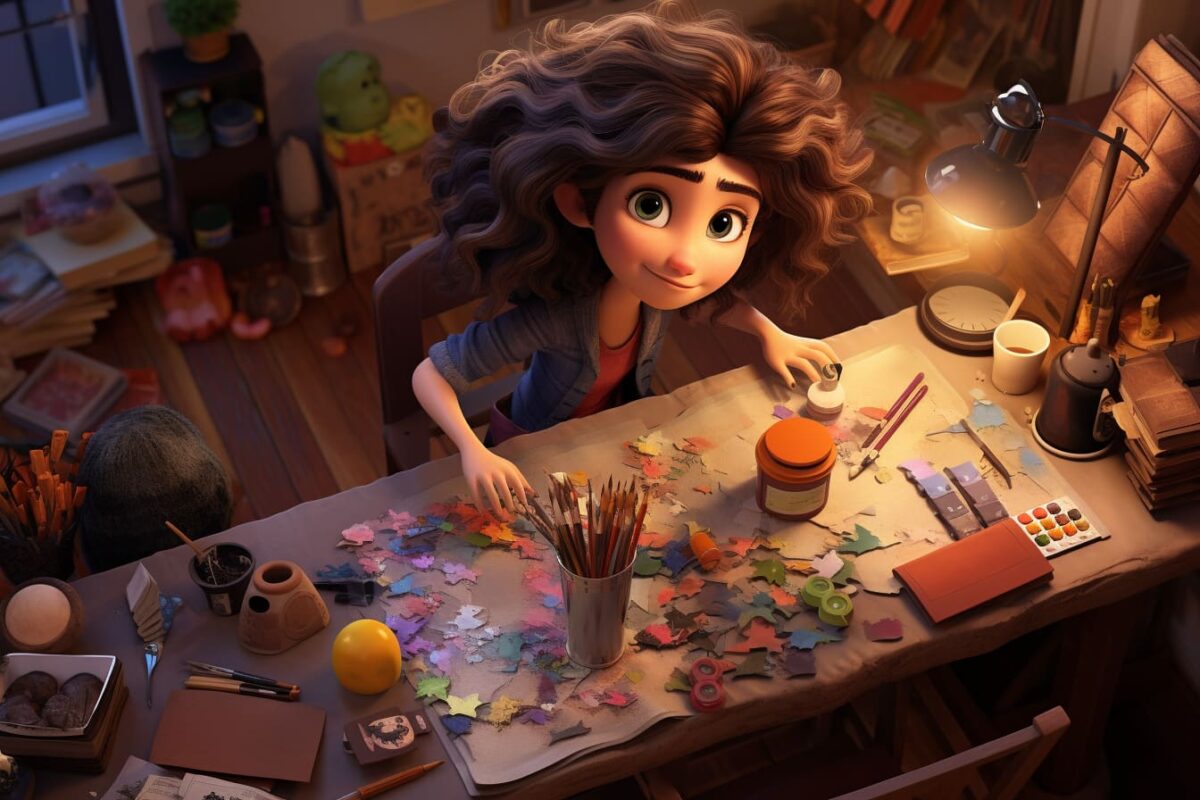In the grand tapestry of human endeavor, creativity stands as a gleaming thread, weaving through the fabric of every great achievement. It is a mysterious force, akin to the river’s flow, unpredictable in its course yet endlessly fruitful in its journey. Let us embark upon an exploration of the methods by which this elusive sprite of creativity may be coaxed into the light.
I. The Whimsical Muse of Observation
First and foremost, the foundation of creativity is laid upon the fertile ground of observation. One must observe the world as a child does, with eyes unclouded by the dust of routine. The commonplace, seen anew, often reveals secrets untold. The flutter of a leaf, the ramblings of a street vendor, or the peculiarities of one’s own shadow in the evening sun – all are grist for the creative mill.
II. The Solitary Path of Reflection
In the quiet solitude of one’s thoughts, creativity often finds its voice. It is in these moments of reflection that the mind weaves together disparate threads, forming tapestries of ideas yet to be born. Like a hermit pondering the mysteries of the cosmos, the creative individual finds in solitude a wellspring of inspiration.
III. The Raucous Fellowship of Collaboration
Contrary to the solitary path, there is the raucous, vibrant method of collaboration. Here, creativity is not a lone flower in the wilderness but a garden tended by many hands. In the exchange of ideas, in the clash and clang of differing opinions, creativity often finds a fertile breeding ground. The collective imagination, like a team of horses, pulls the heavy cart of innovation forward.
IV. The Discipline of Routine
Though it may seem a paradox, routine is a steadfast ally of creativity. By imposing structure upon the chaos of daily life, routine frees the mind to wander the ethereal realms of imagination. A disciplined approach to work and rest can be the very scaffolding upon which creative ideas are constructed.
V. The Serendipity of Accident
At times, creativity is born not of intention but of accident. The apple falling upon Newton’s head, the mold growing unintended in Fleming’s Petri dish – these are the serendipitous moments that have altered the course of human history. To be creative, one must be open to the happy accidents of fate, embracing the unexpected with open arms.
VI. The Rigor of Research
Knowledge is the fuel upon which the engine of creativity runs. The more one knows, the further one can travel in the realms of imagination. It is through the rigorous pursuit of knowledge – be it in books, in the wisdom of others, or in the exploration of the natural world – that one’s creative faculties are sharpened.
VII. The Wilds of Experimentation
Creativity thrives in the wilds of experimentation. To create something new, one must be willing to step off the well-trodden path, to venture into uncharted territories. Whether in art, science, or the simple act of living, it is through experimentation that new ideas are tested and new discoveries made.
VIII. The Power of Constraints
Ironically, constraints often serve to fuel creativity rather than stifle it. When faced with limitations, be they of resources, time, or circumstance, the creative mind is challenged to find innovative solutions. Constraints force one to think differently, to approach problems from new angles.
IX. The Freedom of Play
Creativity is, at its heart, a form of play – a joyful exploration of possibilities. In the freedom of play, the mind is unshackled from the constraints of practicality and logic, allowed to roam the fields of imagination. It is in this spirit of playfulness that many creative ideas are born.
X. The Embrace of Failure
Lastly, one must not fear failure, for it is an integral part of the creative process. In failure, lessons are learned, assumptions are challenged, and new paths are revealed. It is through the embrace of failure that one’s creative muscles are strengthened, ready for the next leap into the unknown.
In conclusion, creativity is not a singular path but a labyrinth of many routes, each with its own charms and challenges. Whether through observation, solitude, collaboration, routine, accident, research, experimentation, constraints, play, or the embrace of failure, creativity finds its way into the human heart, igniting the fires of innovation and change.

